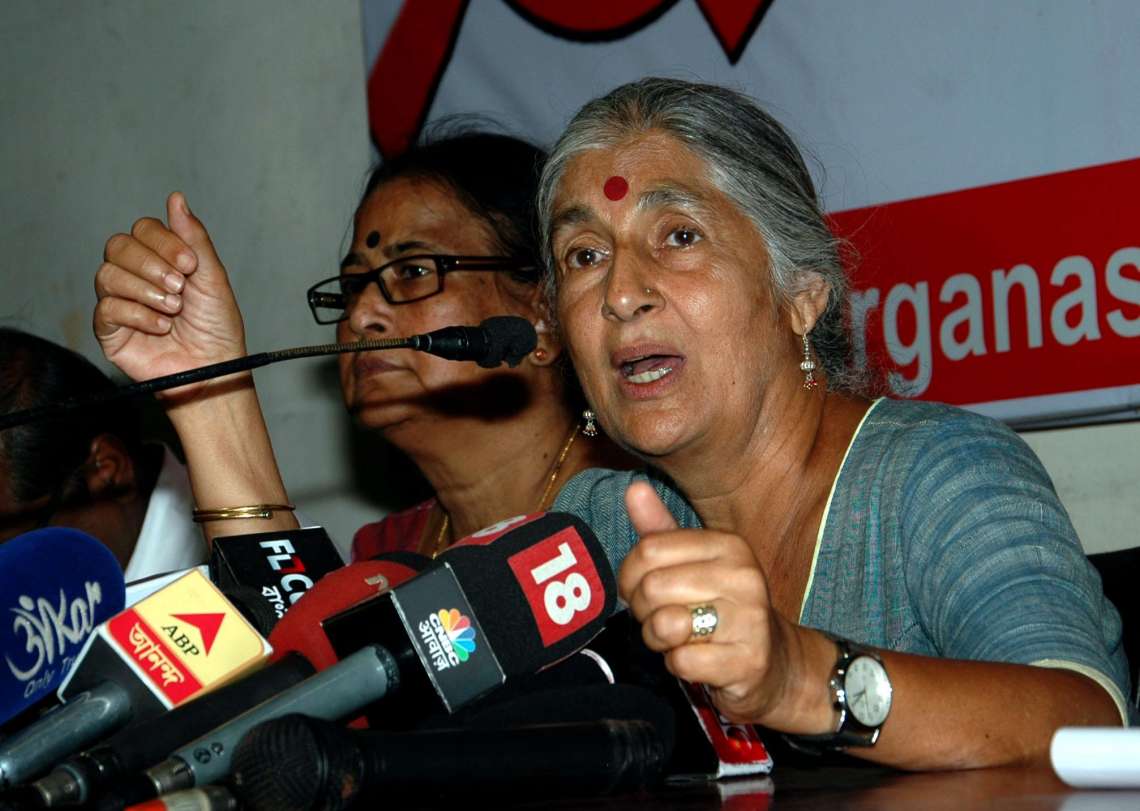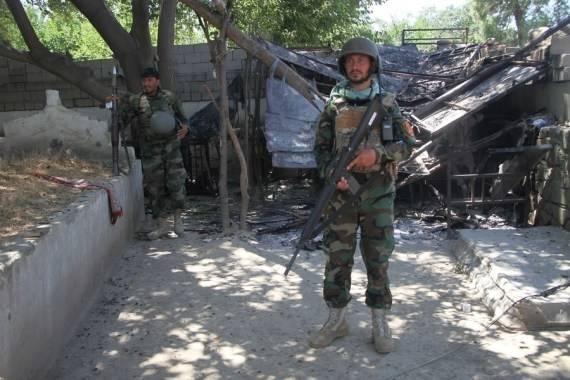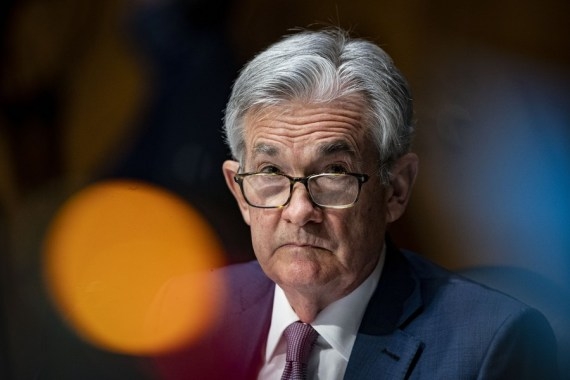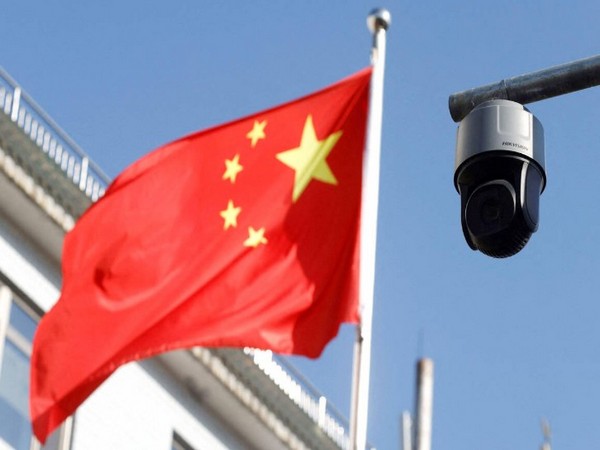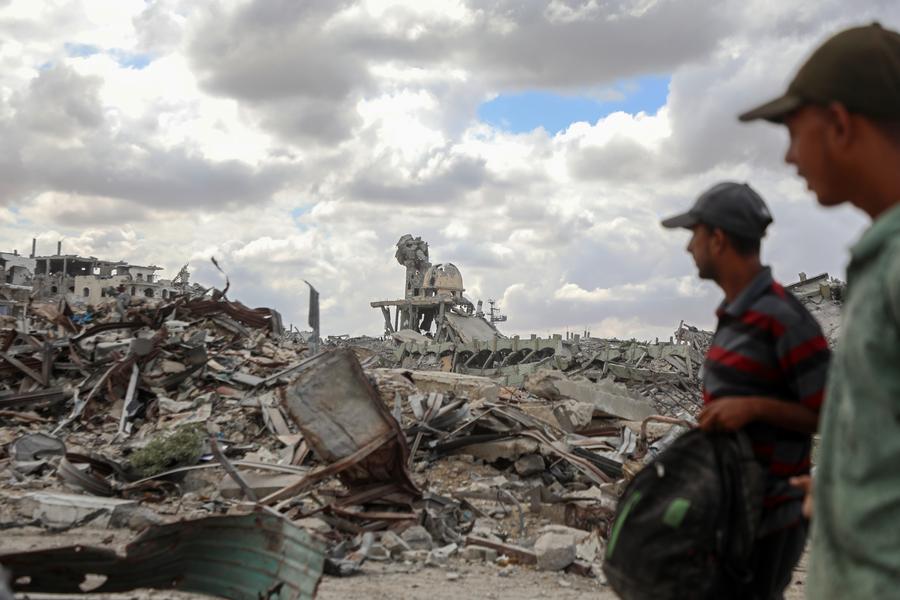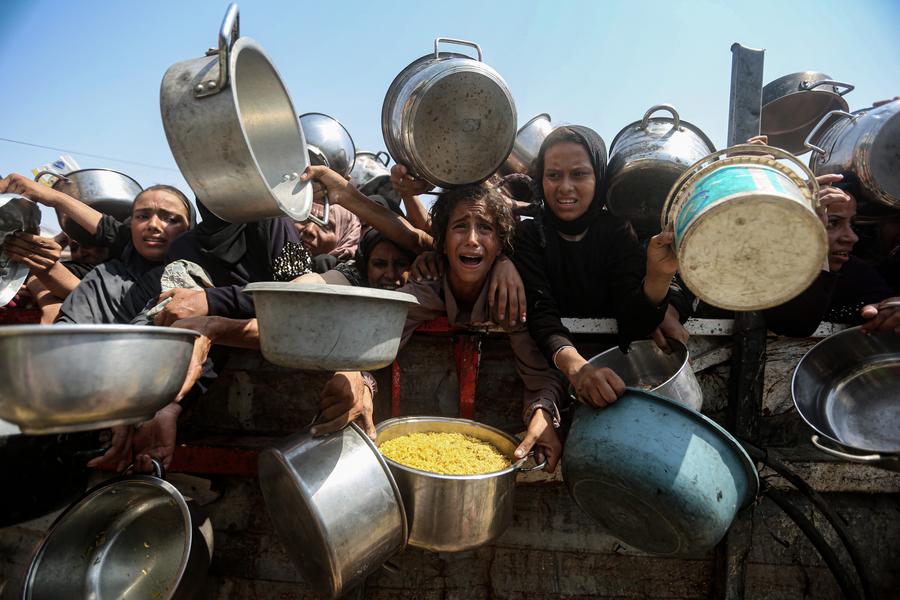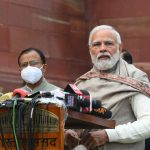The aim of the present dispensation in J&K seems to ensure responsive, accountable, transparent governance. The promises that were made on August 5, 2019, are being fulfilled. The change in ground situation is ample proof of the fact that the Indian Government is out to transform J&K into a ‘super state’ to end the uncertainty that has prevailed in J&K since 1947 … A special report
Prime Minister Narendra Modi is all set to chair the All Party Meeting of J&K leaders in New Delhi on Thursday. The event is taking place just two years after the revocation of J&K’s special status. The transition of an under-developed “separate state” into a progressive “super state” is a remarkable achievement. It has proven the sincerity and commitment of Indian leadership towards the people of J&K.

Work is on to fulfill the promises that were made by Home Minister Amit Shah in Parliament when the Article 370 was scrapped. Prime Minister Modi had assured J&K people that the “new dawn has broken and there will be no looking back.” He has remained true to his word.
Empowering a common man has been the mantra. The UT administration has focused on building “Naya Jammu and Kashmir” and is working hard to achieve the goals that were set by the Indian Government on August 5, 2019.
Nearly a year after J&K’s special status was revoked, Union Minister of State (Home) G. Kishan Reddy in September 2020 had informed Parliament that the decision to scrap Article 370 has “fully integrated J&K into the mainstream of the nation”.
He had stated that as a result all the rights enshrined in the Constitution of India and benefits of all the central laws that were being enjoyed by other citizens of the country were now available to the people of Jammu and Kashmir.
The change, he had said, brought about socio-economic development in Jammu and Kashmir. “Empowerment of people, removal of unjust laws, bringing in equity and fairness to those discriminated against since ages who are now getting their due along with comprehensive development are some of the important changes that are ushering both the new UTs towards the path of peace and progress,” Reddy had said.
The Mos Home had stated that besides the regular flow of funds under various schemes by different central ministries, an amount of Rs 30,757 crore was allocated to J&K in the Financial Year (FY) 2020-21. “Under the Prime Minister’s development package announced in 2015 for the erstwhile state of Jammu and Kashmir, Rs 80,068 crore continue to be spent for 54 projects in J&K and across sectors such as road, power, health, tourism, agriculture, horticulture, skill development, etc.”

The funds from the PM’s package are being utilised for setting up Indian Institutes of Technology, All India Institute of Medical Sciences (AIIMS) and Indian Institutes of Management that would meet the aspirations of the local youth.
The AIIMS at Samba and Awantipora that were stalled due to land and forest issues have now been cleared for completion. Five new medical colleges at Baramulla, Anantnag, Rajouri, Kathua and Doda were approved.
The work on stalled projects — such as the ShahpurKandi Dam project that has been in limbo for 40 years– has been fast tracked.
Similarly, work has begun on several other such projects to ensure constant power supply, a crucial factor in the region’s growth and development.
In December last year, the first local elections since the abrogation of Article 370 were held in Jammu and Kashmir. Huge participation of people in the polls shattered the myth that J&K people don’t believe in democracy. Nearly six million voters across the 20 districts were eligible to elect 280 members of District Development Councils (DDC).
About 1,000 candidates from various political parties, including National Conference, Peoples Democratic Party, Peoples Conference, Bharatiya Janata Party, Congress and other political formations participated in the polls.
Aneesa Gul, 32, who fought on the BJP’s ticket in central Kashmir’s Chadoora village had told Al Jazeera that her party’s “motive is only development and (to) erase unemployment and funding for women”. “BJP will develop Kashmir better than Gujarat,” Gul had claimed.
A youth Zahoor Ahmad, who contested polls as an independent candidate, from Theed village in Srinagar outskirts had stated that he wanted to gain power and work for the betterment of youth in his locality.

Before August 5, 2019, politics and power were always held by the leaders of traditional political parties in J&K. But during the past 2-years many new faces have emerged in the political arena of Kashmir.
The DDC elections posed a larger political question for J&K in the backdrop of the August 5 changes as these set the tone and tenor for the forthcoming events and restarted the stalled political process in the Union Territory.
The industrial scenario has changed drastically in the region during the past two years. The “New Industrial Policy 2021-30” unveiled early this month by the J&K government provided further impetus to the sector, opening up the region to the world.

The new industrial policy, which came into effect on April 1, 2021, has a spending outlay of Rs 28,400 crore (Rs 284 billion), the largest incentive to date, on the industrial development of Jammu and Kashmir for the next 15 years. It is expected to generate an investment of Rs 20,000 crore (Rs 200 billion) and employment of 4.5 lakh (0.45 million) over the plan period.
This is the first block-level development project that intends to undertake the process of industrialization at the very grassroots level using the local resources, skill, and talent available domestically. The policy specifically promises an era of socio-economic development in the region, catering to the aspirations of the people of Jammu and Kashmir. There is no bar for outsiders to come and invest in the union territory.
According to the official figures, post August 5, 2019, more than 40 companies came forward with the investment proposals and the J&K Government accepted more than 30 proposals up to the tune of Rs1,500 crore (Rs15 billion). The companies that came forward were from various fields like renewable energy, hospitality, defence, tourism, skill, education, IT and technology and infrastructure.
After the New Industrial Policy came into vogue, Jammu and Kashmir Lieutenant Governor Manoj Sinha said that the new industrial development scheme would further attract a huge investment of Rs 20,000-25,000 crore, besides providing employment avenues and opportunities to around 5 lakh youth. The unemployment rate in the union territory dipped from 16.1 per cent in September 2020 to 9 per cent in March 2021 and LG Sinha had credited youth for this positive change (5).
According to the report prepared by the Centre for Monitoring Indian Economy, J&K has less unemployment rate than Delhi, Goa, Bihar, Himachal Pradesh, Jharkhand and Rajasthan. The J&K Government has put in place robust and efficient digital network infrastructure in the hinterland to provide transparent financial services to the people.
Paving way for a strong Women Entrepreneur Ecosystem in J&K, the UT government announced a scheme — Tejaswini under Mission Youth, through which financial assistance of Rs 5 lakh to the girls between the age group of 18-35 years is provided to start their business.
During the Back to Village programme, the J&K Government had set a target of around 9,000 youth to be identified for financial support for starting their enterprise. The expected target exceeded and 18,500 youth were extended financial support to set up their business units.
The J&K Government under Mission Youth aims to engage 80 per cent youth in livelihood generation by 2025.
Last year the Jammu and Kashmir government had announced that 25,000 posts will be filled in the public sector and the government departments. During the past six months 18,000 posts have been advertised and the process is on to fill up the vacancies.
The aim of the present dispensation in J&K seems to ensure responsive, accountable, transparent governance. The promises that were made on August 5, 2019, are being fulfilled. The change in ground situation is ample proof of the fact that the Indian Government is out to transform J&K into a ‘super state’ to end the uncertainty that has prevailed in J&K since 1947.
Kashmir based politicians, who remained in power for many years and had opposed the Centre’s decision to change J&K’s status-quo, need to acknowledge the fact that the newly carved out J&K Union Territory has witnessed massive development on almost all the fronts after August 5, 2019 — when J&K was bifurcated into two union territories and Article 370, temporary provision of the Indian Constitution, was done away with once for all.
READ MORE: Can crucial J&K meet end the political impasse?
READ MORE: Pandits worst sufferers of 1990 Kashmir cataclysm



